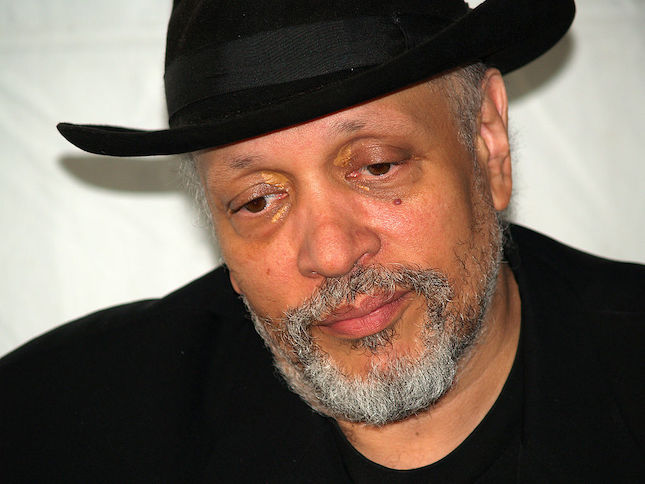Plot or Characters? What Drives Your Mystery?

The Plot-Character Stand-Off
Every story falls somewhere on the continuum between plot and character. Traditional mysteries fall in the middle. You need both plot and characters to create a rich, engaging mystery.
A mystery needs a plot to lead the reader through the puzzle of solving the mystery. The story structure demands the author plant clues and keep the villain hidden until the final reveal. You want twists and conflict to build suspense. But, a mystery needs a sleuth to guide the reader through the puzzle. The reader identifies with the sleuth through empathy and admiration. Readers want to follow empathic characters through the story journey.
Why Plot a Mystery?
You will speed up your writing and save rewrite time by fleshing out the plot and story outline before you write. You’ll know which clues and suspects your sleuth needs to find and interview and how each suspect creates the conflict that creates twists, makes your sleuth rethink the problem, and develop twists to keep your reader in suspense.
- External conflict is the bane of every sleuth. People lie, misdirect, and create obstacles that keep your sleuth from discovering the truth. Creating a storyline with obstacles of external conflict helps to drive the story and keep readers wondering.
- Outline plot points to meet mystery reader expectations. You’ll create a tight and well-developed story. As you begin writing, you’ll have a detailed understanding of where the story is going.
- Subvert reader expectations with plot twists. Think about ways to surprise your readers by taking the story in a new direction. Planning major twists is sustains reader interest and curiosity about how the mystery will be revealed.
Plotting beforehand helps you as a mystery writer settle on clues, create smokescreens with suspects, and hide the villain until the end. You’ll find plot holes before you start writing and save yourself hours of rewriting because the story got out of control. Knowing the basic storyline helps you write each scene faster. Mystery readers love a well-planned plot.
Why Characters?
Emotion connects readers with your story. While plot drives the storyline, your characters create emotional connection with your reader. While your character may be tall or short, red-haired or brunette, their emotional makeup gets readers involved. Without character strengths and weaknesses, you story won’t engage. Characters give your reader a reason to care.
- Rich characters have backstory, the life the lived before the story begins. They arrive in your story with old wounds and triumphs, family, friends and enemies, biases, and personality traits. Character development with backstory makes characters more compelling.
- Inner conflict shows your reader it’s not all smooth sailing for your character. While the mystery puzzle focuses on outer conflict (plot), your readers engage with your character through their inner struggles.
- Your character’s point of view shows readers your character’s opinions—what makes your character tick and how they see the world. As your reader follows your sleuth, they respond to your character’s view of the world.
If you are writing a series, your protagonist sleuth and supporting characters need strong character development. As your series continues, you’ll find yourself adding more details.
Story Development Creates a Strong Mystery
Plot and character development are essential to creating a good mystery. The time you spend working on conflict and twists keeps your story from being flat. Create complex, opinionated characters to heighten reader emotional engagement.
It may seem as though planning and development slow you down, but once you have your storyline and character details in mind, you’ll find writing goes faster.
Photo by Katka Pavlickova on Unsplash




